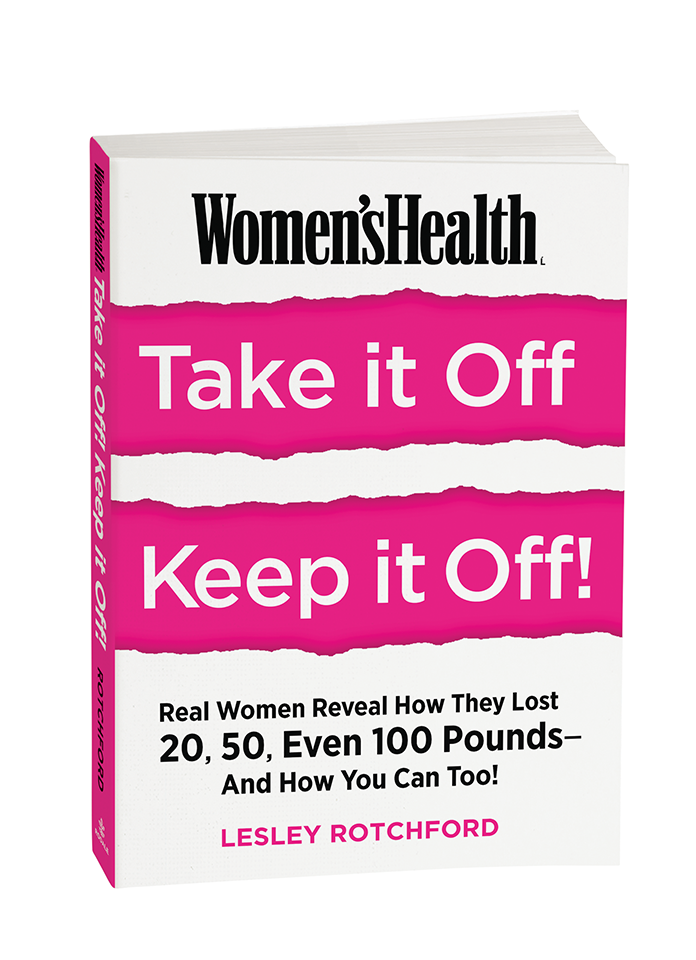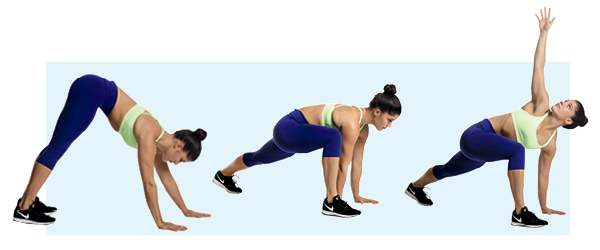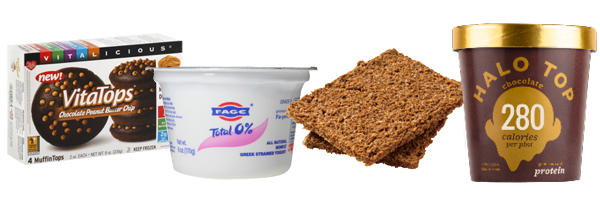 Losing weight permanently is the focus of Lesley Rotchford’s new book Take It Off! Keep it Off! ($22, Rodale). This former executive editor at Women’s Health magazine and New Canaan mom of three talked to Serendipity about exactly how to get started.
Losing weight permanently is the focus of Lesley Rotchford’s new book Take It Off! Keep it Off! ($22, Rodale). This former executive editor at Women’s Health magazine and New Canaan mom of three talked to Serendipity about exactly how to get started.
Only splurge on foods that you truly love. At a cocktail party or dinner out, eat only what you really want. “Why waste calories on things you don’t care that much about?” says Rotchford.
But drink cocktails that you don’t love that much. “I will guzzle white wine—my favorite—but I will only sip beer or vodka. So I opt for one of those beverages when I’m trying to nurse a drink all night,” says Rotchford.
Hide the goodies. Research from the Cornell University Food & Brand Lab found that people who left ready-to-eat foods (read: cookies) out on the counter weighed an average of 20 plus pounds more than people who put food away immediately. If you want to keep a snack on the counter, opt for produce. The study found that women who left out a bowl of fruit weighed 13 pounds less than people who didn’t have fruit on hand.
Keep a food diary. “If someone asked you to recount everything you’ve eaten today, could you do it? And when I say everything, I mean every nibble of your kids’ leftover mac ‘n’ cheese, every lick of icing from a cupcake, and every broken-off piece of sugar cookie,” says Rotchford. Research that appeared in the American Journal of Preventative Medicine shows that food diaries can double a person’s weight loss. It doesn’t have to be anything fancy. Simply note it in your phone, jot it down in a notebook or record it an app like MyFitnessPal.
Dodge cravings. The first option: distract yourself. “Instead of reaching for the food you want, call a friend, answer an email, take a shower, or go for a walk around the block,” says Rotchford, adding that the urge will likely pass by the time you’re done. If it doesn’t, Rotchford suggests asking yourself if the item is something special or something you rarely have. It’s OK to give in once in a while.
Move more. “Exercising increases lean muscle, which can boost your metabolism; it crushes calories, giving you a little more wiggle room in your diet; and even though muscle weighs more than fat, it takes up less room, so you appear slimmer and can slip into smaller sizes of clothing,” says Rotchford. A review of research published in the Journal of Obesity shows that high intensity interval training (HIIT) workouts may torch ab flab better than any other type of workout. In one of the studies, subjects did eight-second cycle sprints followed by 12 seconds of low intensity cycling for a total of 20 minutes three times a week. Another group of subjects did steady cycling for 40 minutes three times a week. After 15 weeks, the interval group shed significantly more body fat and abdominal fat than the steady cyclers.
Police your portions. The obvious way to do this is to simply eat half of what is on your plate, or serve yourself half as much as you typically would take, says Rotchford. You can also use small bowls and spoons, and dessert-size plates—all of which trick you into thinking you are eating more than you really are.
Pad your diet with protein. Protein contains amino acids that aid in muscle production and repair, and it also helps keep bones strong and healthy. “It’s kind of a pain in the butt to digest, which means your body actually has to burn calories to move it through your system. And because this is a pretty slow process, you stay full for hours,” says Rotchford. So it’s not surprising that research published in the International Journal of Obesity showed that people on a high protein diet lost nearly double the amount of weight in six months than those on a higher carb, lower protein diet. Healthy, protein-rich snacks include Greek yogurt, low-fat cheese, nuts, hard-boiled eggs, and smoothies spiked with protein powder.
Weigh in. Most experts tout the benefits of weighing yourself once a week, but a recent study from the International Journal of Obesity says that people who weighed themselves at least six days a week for 12 months felt more confident about their ability to avoid overeating than those who stepped on the scale less frequently. Says Rotchford: “I know people who dread stepping on the scale more than root canals, colonoscopies and bikini waxes. But it’s essential for keeping your weight in check.”

The exercises in Rotchford’s book focus on burning calories, building muscle and revving your metabolism. These moves can be done at home and require minimal time and no equipment.
TRY THIS MOVE
Spiderman lunge with arm reach:
From Downward Dog, step your right foot forward and place it as close to your right hand as possible. Lean forward at your hips, and keep your left hand on the floor while you reach your right hand and arm toward the ceiling. Return to Downward Dog. That’s one rep. Repeat with your left side.
8 SUPER FOODS

Rotchford always has these healthy foods in her fridge or pantry.
1. Hard-boiled eggs
They are quick, satiating, and protein-packed.
2. Cheese sticks
These are great on-the-go healthy snacks.
3. Shirataki noodles
These gluten-free Asian noodles are made from konjac yams and contain only 10 calories per serving and are super low in carbs
4. Ezekiel 4:9 sprouted grain bread
It counts as a “complete” protein, meaning it contains all nine essential amino acids.
5. 0% Greek yogurt
Low in sugar and fat and high in protein, this yogurt is also very filling.
6. VitaTops Muffin Tops
I am obsessed with the Deep Chocolate flavor, which tastes like cake and is dotted with rich chocolate chips.
7. Halo Top ice cream
There are only 280 calories per pint.
8. GG Bran crackers
Each giant cracker is only 10 calories and has 4 grams of fiber.
 MEET THE EXPERT
MEET THE EXPERT
Lesley Rotchford is the former executive editor of Women’s Health and has covered health, fitness and weight loss for the last 18 years.



